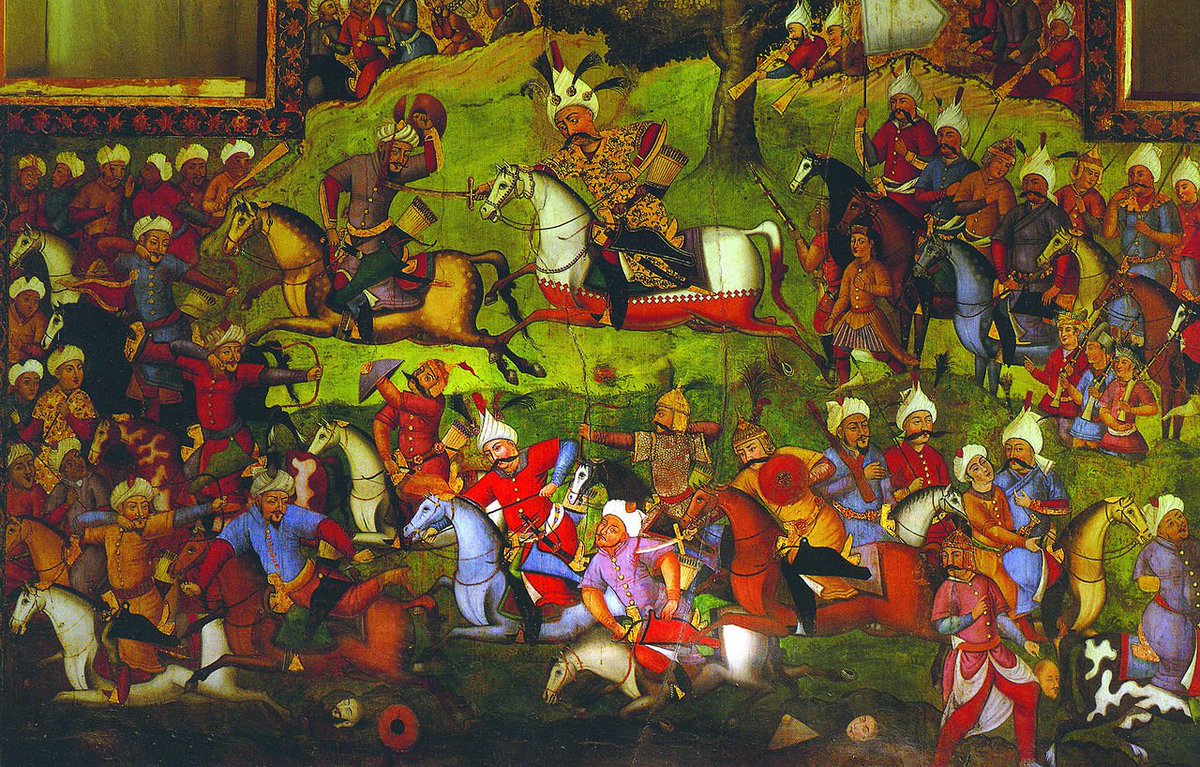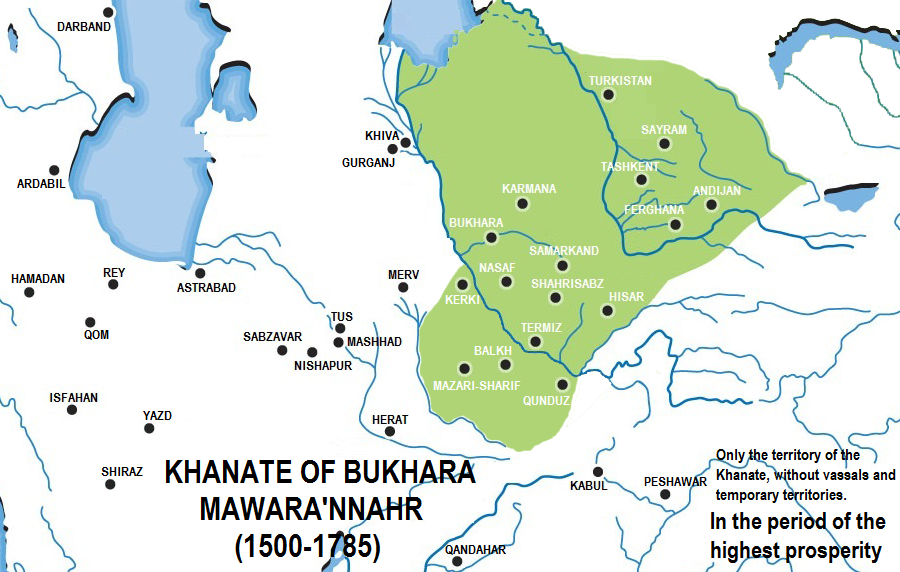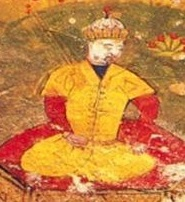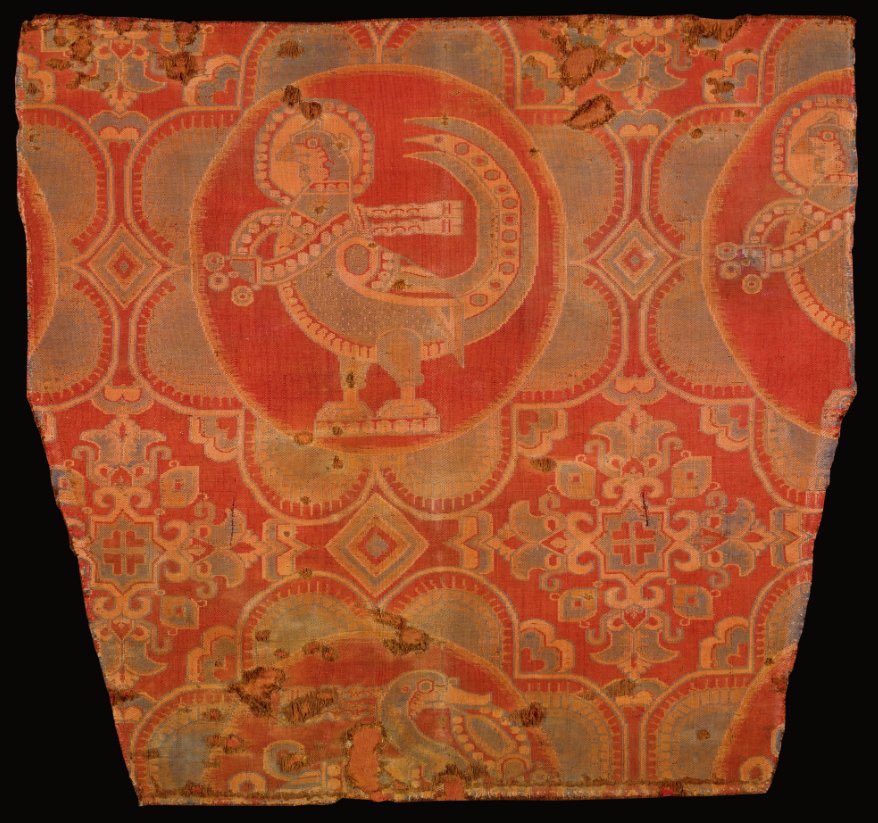
The Celebrations officially began on 12 October 1971 with a ceremony at the tomb of Cyrus the Great at Pasargadae, where the Shah said to the ancient king: “Cyrus, hero of Iran and the world, rest in peace, for we are awake and will always be awake.” ~rs 1/16 

The Shah was later mocked for these words. His opponents made jokes like “Sleep calm, we’re ruining the country. Sleep calm, we’re pissing away all the wealth.” You can watch the Shah's speech in the official propaganda film on the Celebrations, ~rs 2/16
Forugh-e Javidan, directed by Farrokh Golestan. The English version (linked) was narrated by Orson Welles.
The speech encapsulated the core message of the Celebrations, which stressed the glory and magnanimity of Cyrus and his Achaemenid Empire ~rs 3/16
The speech encapsulated the core message of the Celebrations, which stressed the glory and magnanimity of Cyrus and his Achaemenid Empire ~rs 3/16
& presented the Shah as his spiritual successor. Historian Roger Savory was there & wrote: “We are celebrating this anniversary because the present Shahanshah of Iran sees himself as being, in a very real sense, the heir of Cyrus the Great and the inheritor of his empire. ~rs4/16 

No one, I think, who was present at the dignified and moving ceremony at the tomb of Cyrus, could doubt this for one moment.” The next day, 62 heads of state or their representatives arrived. Most stayed in the specially-constructed ‘tent city’ by the ruins of Persepolis.~rs 5/16 

In their individually designed apartments, the guests found Persian carpets depicting their own portraits – gifts to take home afterwards as mementos. (Pictured: the weaving of President Tito and Queen Elizabeth II’s portraits). ~rs 6/16 

Maxim’s of Paris, one of the most famous restaurants in the world, was closed for the duration of the Celebrations, and its chefs sent to Persepolis. On the evening of 14 October, they prepared a French banquet. The night was described by one journalist as ~rs 7/16 


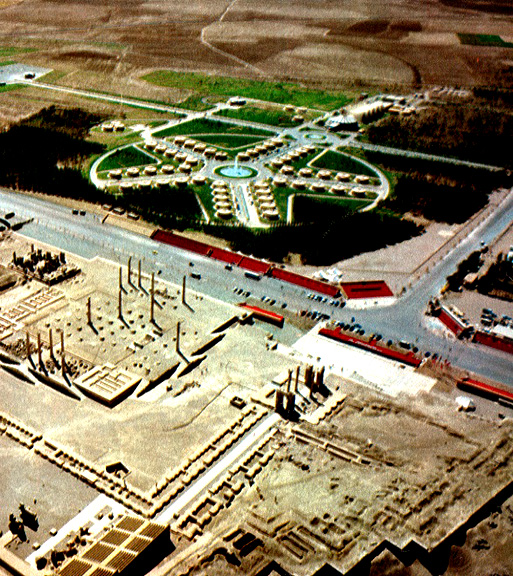
“an expression of the most absolute luxury... the most complete refinement. It was the greatest of all the parties of the twentieth century and it is very possible that a similar one is never organised again.” Kayhan International called it the “Banquet of the Century.”~rs 8/16 
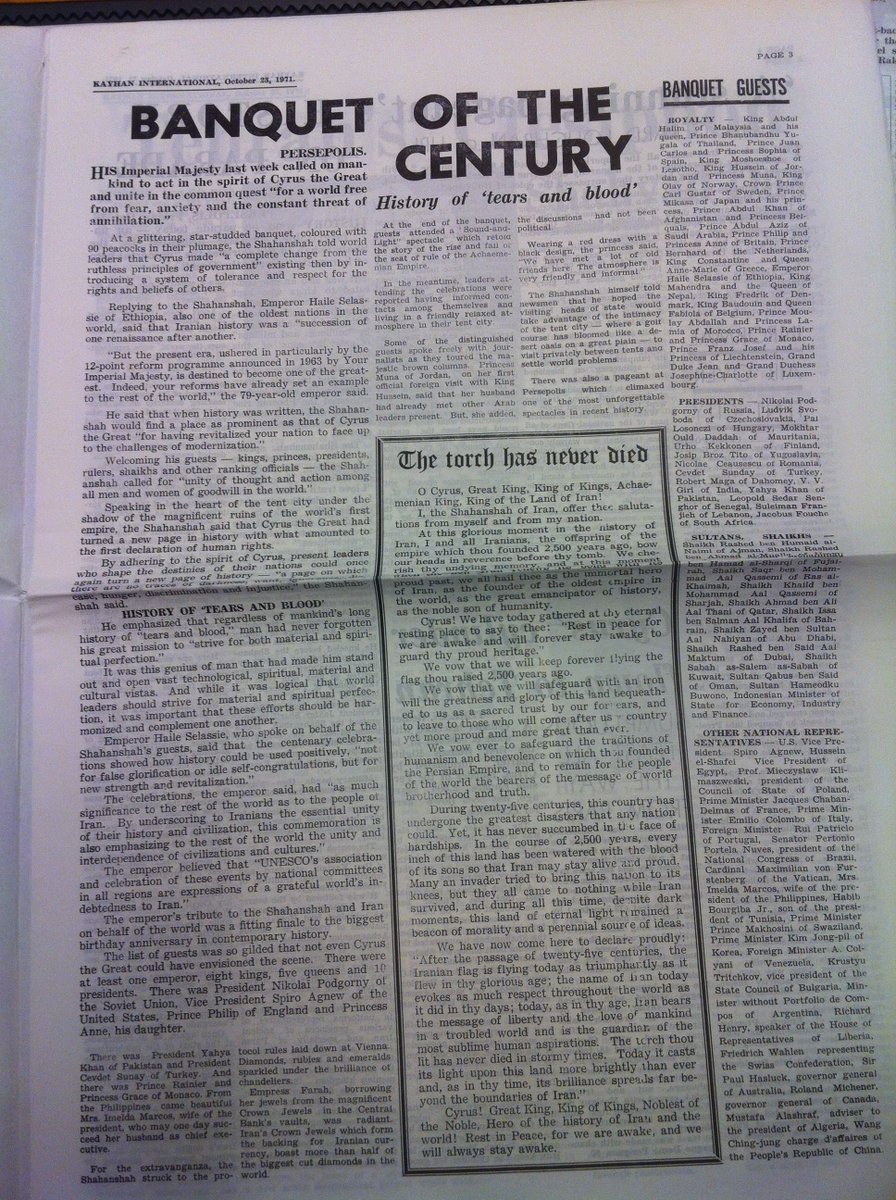
The lack of Iranian cuisine at this supposed celebration of Iranian culture and civilization was a huge PR blunder and the extravagance of the occasion reinforced perceptions of the Pahlavi court as decadent and out of touch (cartoon from Free Iran). ~rs 9/16 

Following the banquet, the guests were treated to a performance with light and sound effects at Persepolis, with music by Loris Tjeknavorian. Persepolis became only the fourth tourist attraction in the world with such a light installation. ~rs 10/16 

On the next afternoon, a parade took place at Persepolis with soldiers dressed in replica uniforms from the Achaemenid, Parthian, Sasanian, Saffarid, Daylamite, Safavid, Afshar, Zand and Qajar periods. The parade ended with the Pahlavi Revolutionary Corps. ~rs 11/16 

See Forugh-e Javidan for footage. The costumes for the parade had been researched and recreated by a special committee. Today, around 25 mannequins wearing costumes from the parade are displayed at the military museum at the Saadabad Palace complex in Tehran. ~rs 12/16 

That evening, another dinner was held in the tent city’s dining hall; this time a Persian feast, with traditional Iranian music and dancing performances. ~rs 13/16
The programme concluded with three events in Tehran: a ceremony at the tomb of Reza Shah and the inaugurations of the Shahyad Tower (see my thread on this:
https://twitter.com/rob_steele1/status/1317218693802123264) and the Aryamehr Stadium. ~rs 14/16
The Aryamehr (now Azadi) Stadium was designed by Abdolaziz Farmanfarmaian as part of the Olympic Village for the 1974 Asian Games. The inaugural event featured Zurkhaneh and dance performances and a parade. At the end, 2,500 balloons were released. ~rs 15/16 

Rockets fired into the air released parachutes carrying the Iranian flag or pennants bearing the 12 points of the White Revolution. Keyhan reported that Iran had been the “world’s centre of happiness.” Not everyone was so enthusiastic, as I will show tomorrow. ~rs 16/16 

• • •
Missing some Tweet in this thread? You can try to
force a refresh

